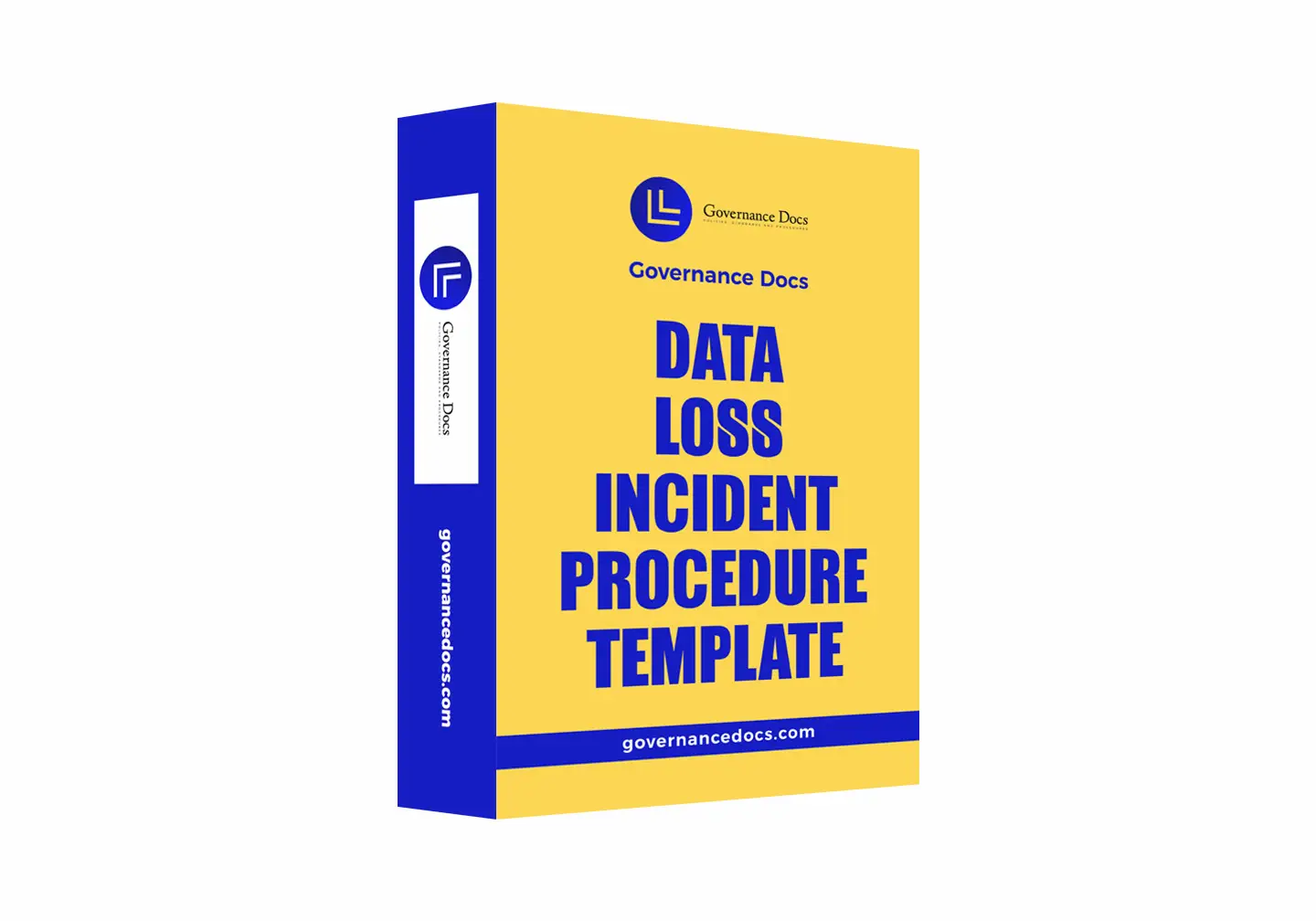Secure Development Policy
In the ever-evolving landscape of technology, where digital threats loom large and data breaches can dismantle reputations overnight, the Secure Development Policy emerges as a beacon of assurance and integrity. This comprehensive policy is not just a document; it is a strategic framework that meticulously outlines secure software development practices, ensuring that information security is seamlessly woven into every stage of the software lifecycle.
At its core, the Secure Development Policy is a testament to the commitment to safeguarding digital assets and maintaining the trust of stakeholders. It is meticulously crafted to align with the stringent requirements of ISO 27001, the international standard for information security management systems. This alignment ensures that the policy is not only robust but also compliant with globally recognized best practices, providing a solid foundation for organizations striving to achieve or maintain ISO 27001 certification.
The key features of the Secure Development Policy are as diverse as they are essential. It begins with a comprehensive risk assessment framework that identifies potential vulnerabilities and threats at the earliest stages of software development. By proactively addressing these risks, organizations can mitigate potential security breaches before they manifest, saving both time and resources in the long run.
Furthermore, the policy emphasizes the importance of secure coding practices. It provides detailed guidelines and checklists that developers can follow to ensure that their code is resilient against common vulnerabilities such as SQL injection, cross-site scripting, and buffer overflows. By embedding these practices into the development process, the policy not only enhances the security of the software but also elevates the skill set of the development team.
Another pivotal aspect of the Secure Development Policy is its focus on continuous monitoring and improvement. It advocates for regular security audits and code reviews, ensuring that any new vulnerabilities are promptly identified and addressed. This proactive approach not only fortifies the software against emerging threats but also fosters a culture of continuous learning and improvement within the organization.
The benefits of implementing the Secure Development Policy are manifold. For one, it significantly reduces the risk of data breaches and cyberattacks, protecting both the organization and its customers from potential financial and reputational damage. Moreover, by adhering to ISO 27001 standards, organizations can demonstrate their commitment to information security, enhancing their credibility and competitive edge in the market.
The value proposition of the Secure Development Policy extends beyond mere compliance. It is an investment in the organization’s future, ensuring that as technology evolves, the software remains secure and resilient. It empowers organizations to innovate with confidence, knowing that their digital assets are protected by a robust and comprehensive security framework.
In conclusion, the Secure Development Policy is more than just a set of guidelines; it is a strategic asset that integrates information security into the very fabric of software development. By adopting this policy, organizations can navigate the complexities of the digital world with assurance, safeguarding their data, reputation, and future growth.
All GovernanaceDocs documents are developed based on well-known standards such as NIST CSF, ISO 27001, ISO 22301, PCI-DSS and HIPAA.
Hence, You just need to download and selected document and add your company name and logo.










Reviews
There are no reviews yet